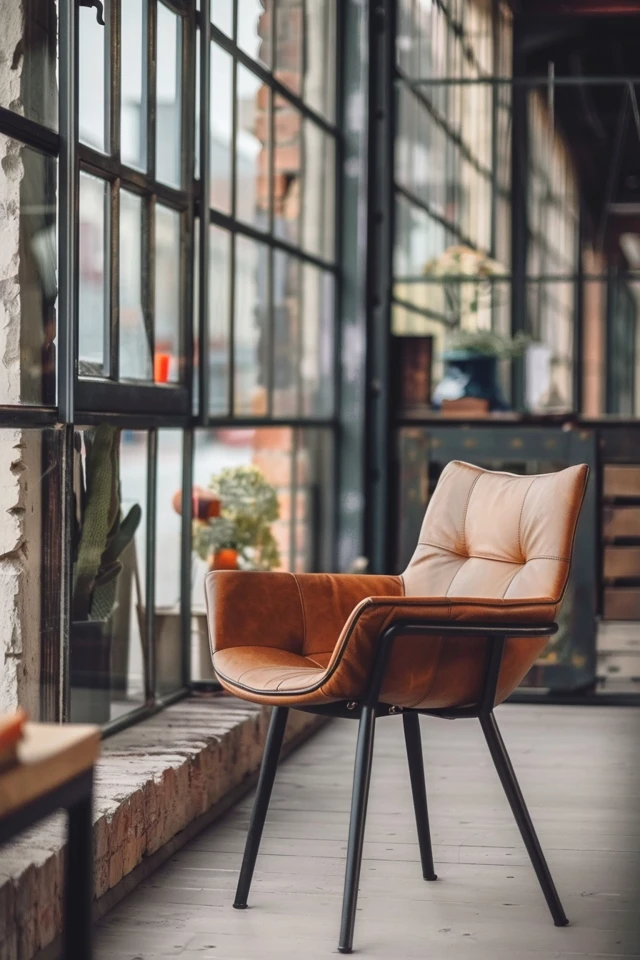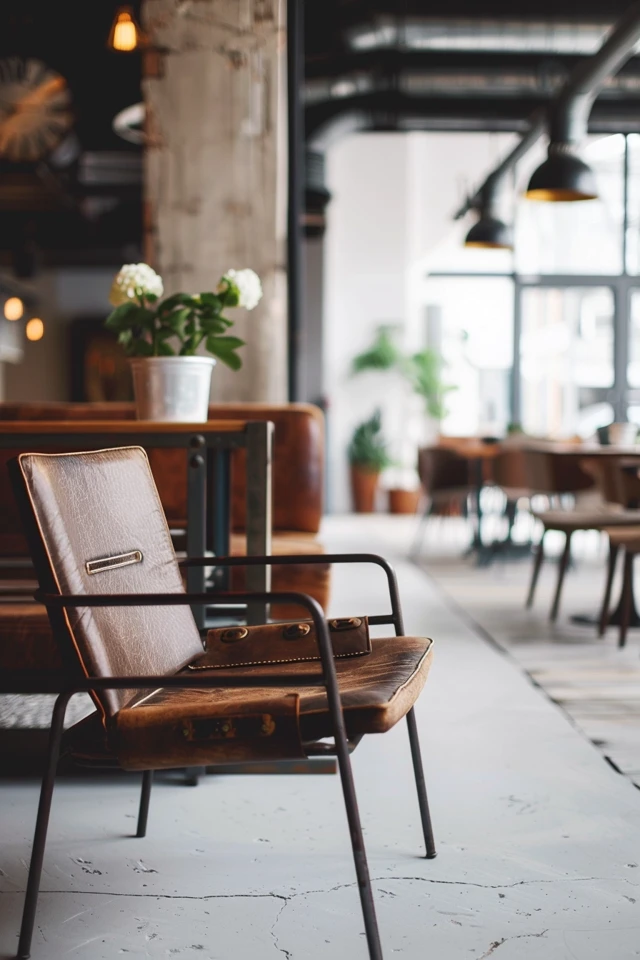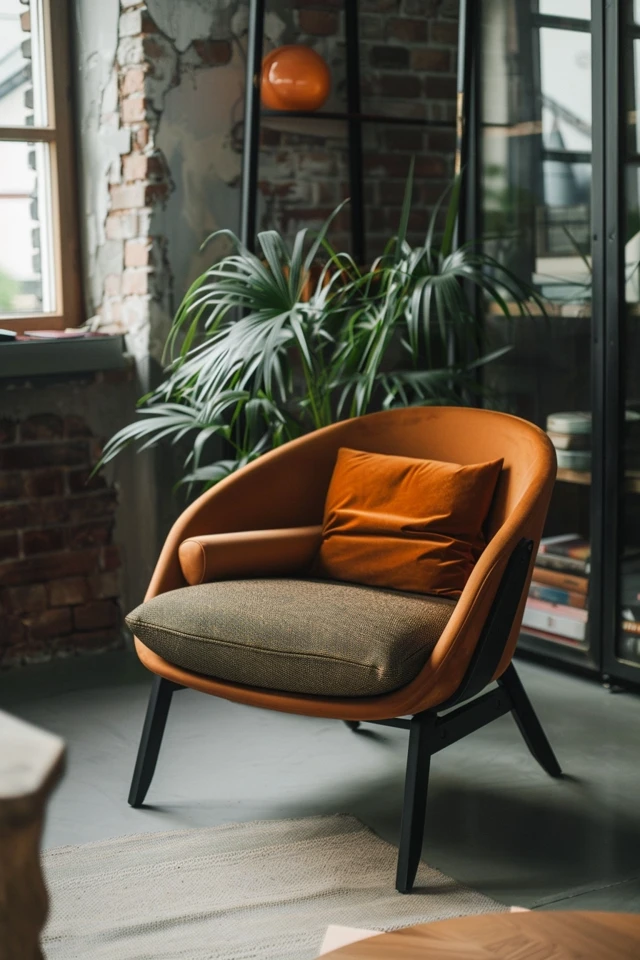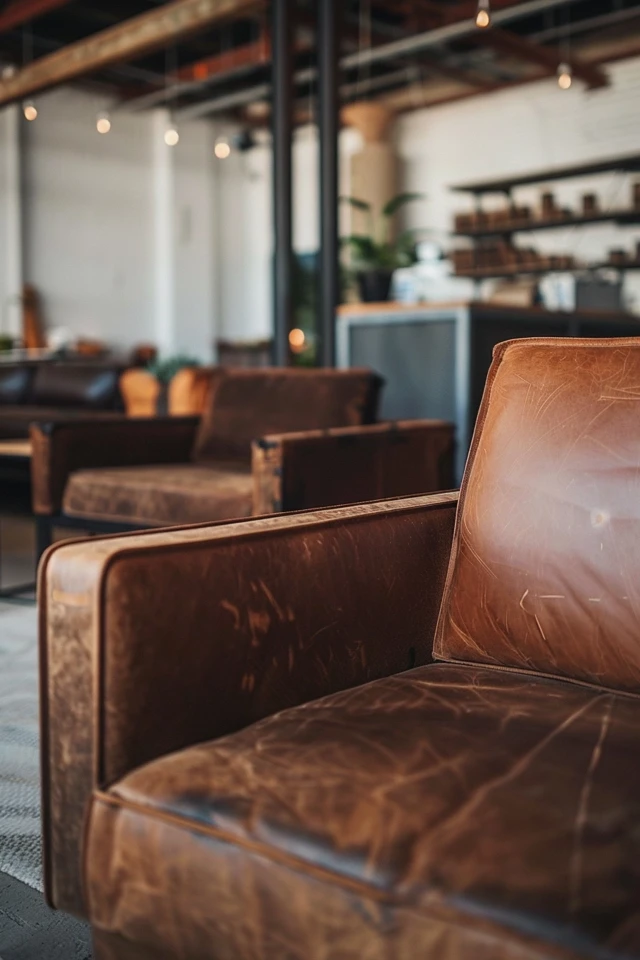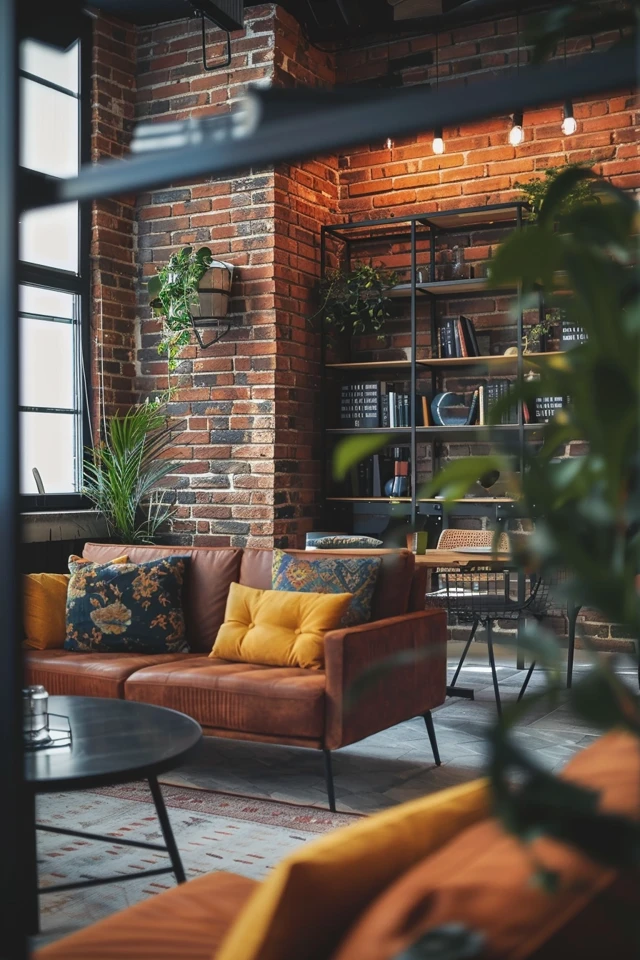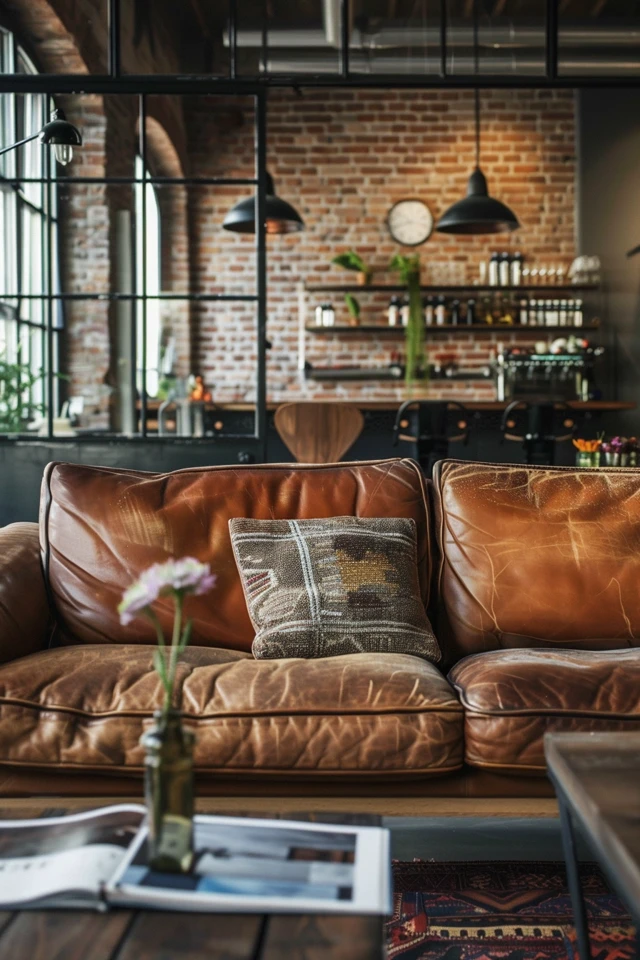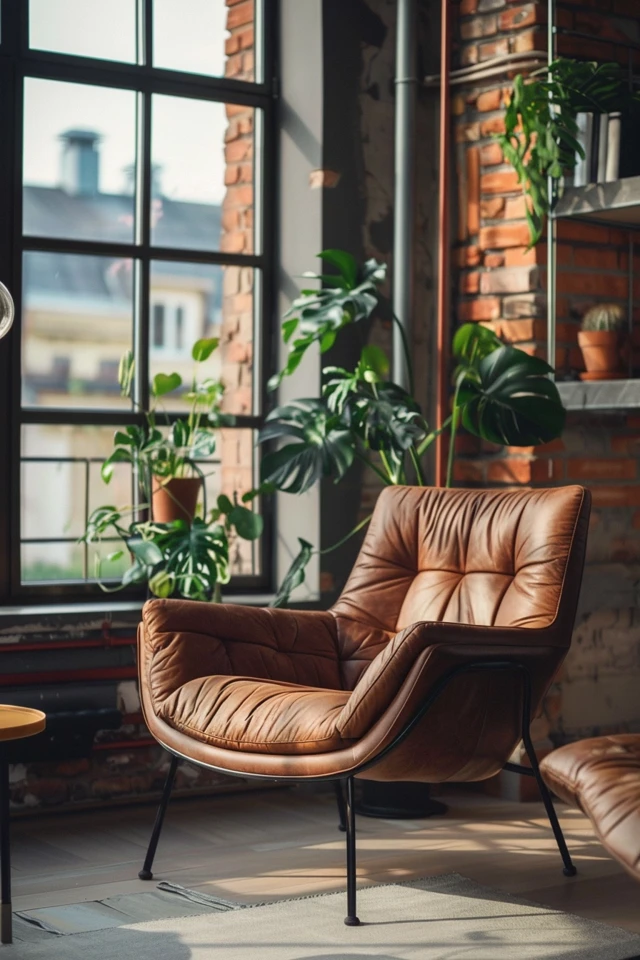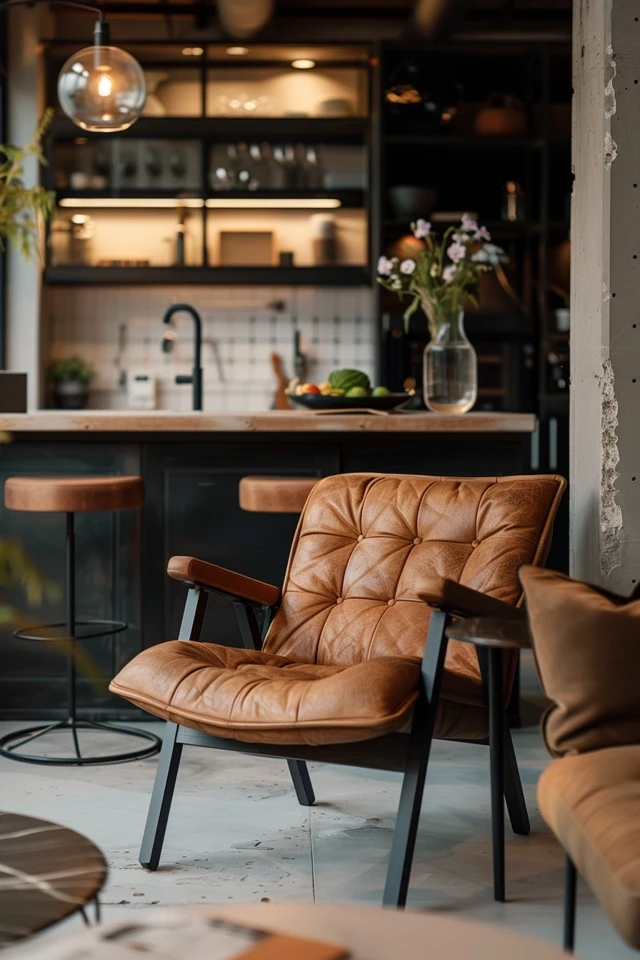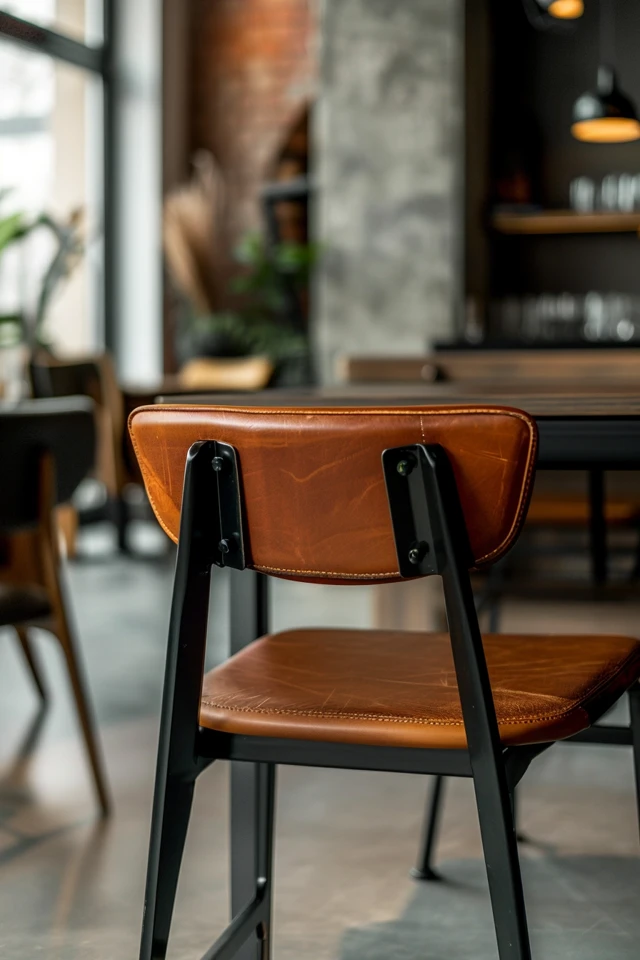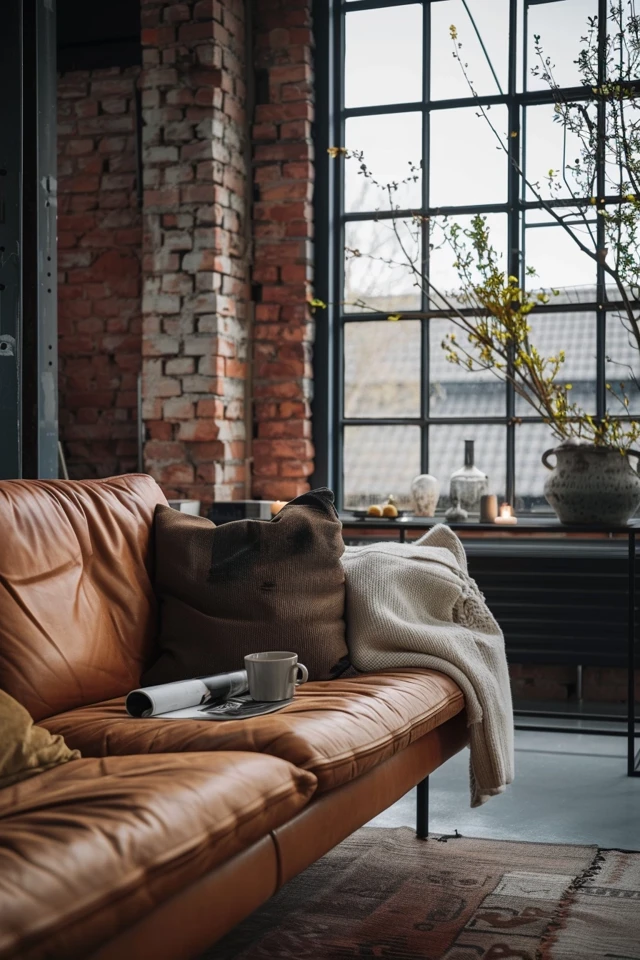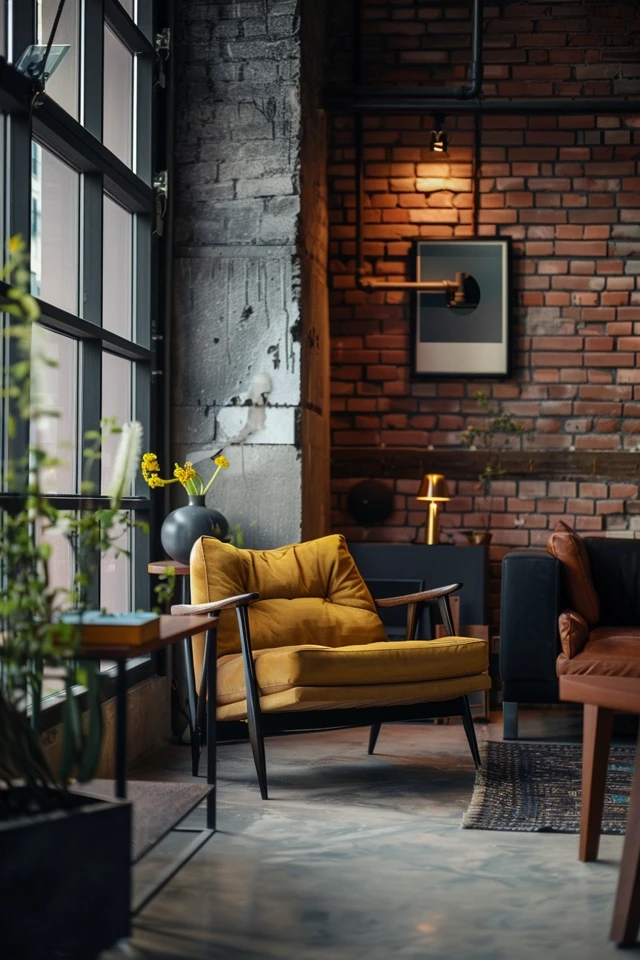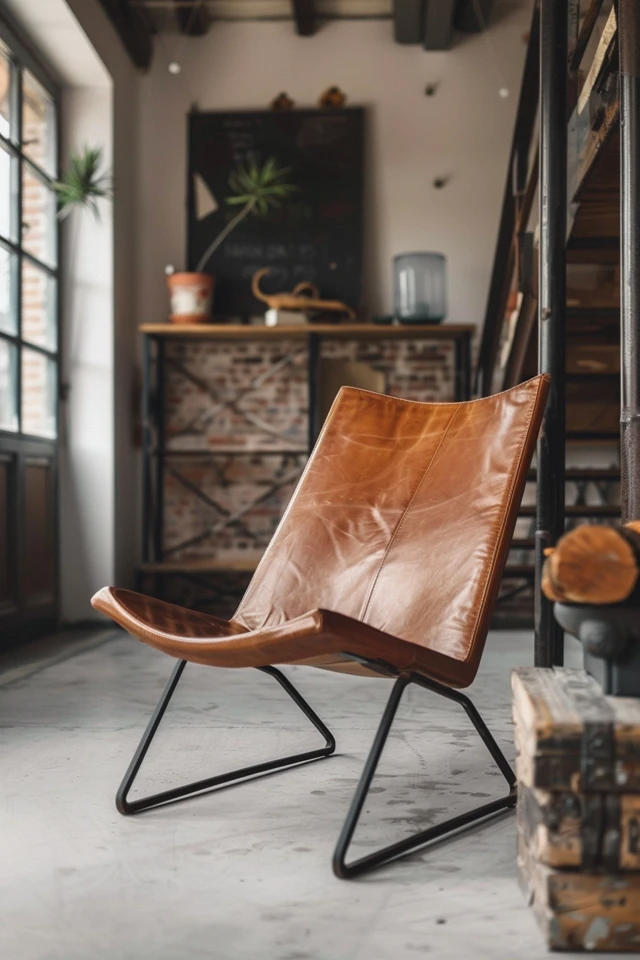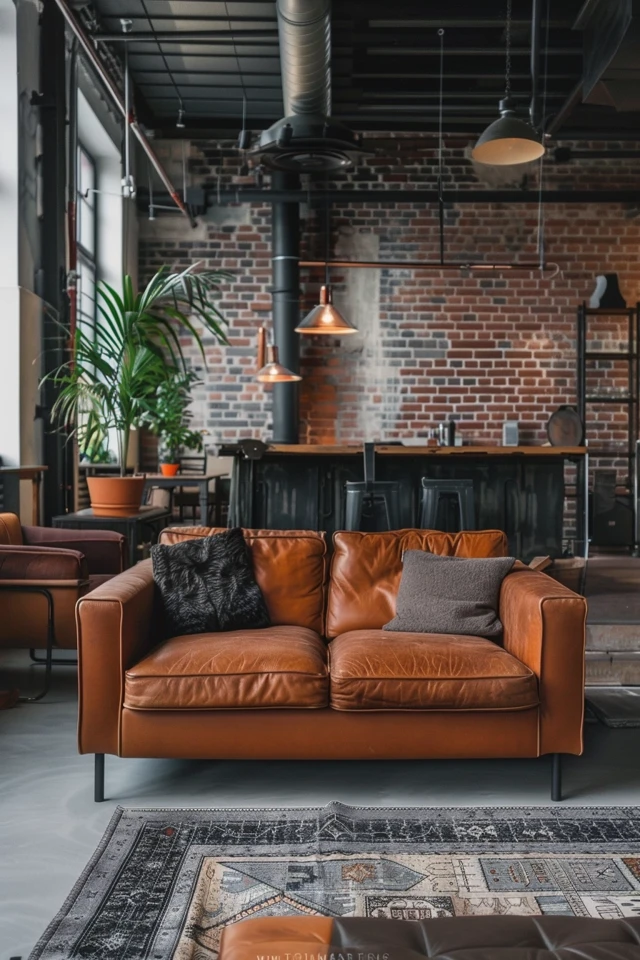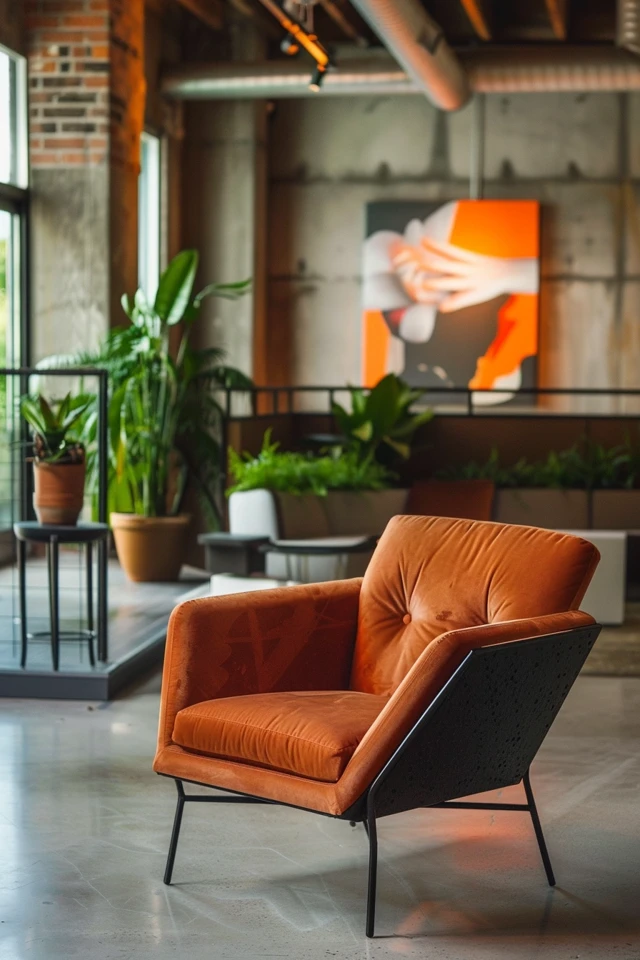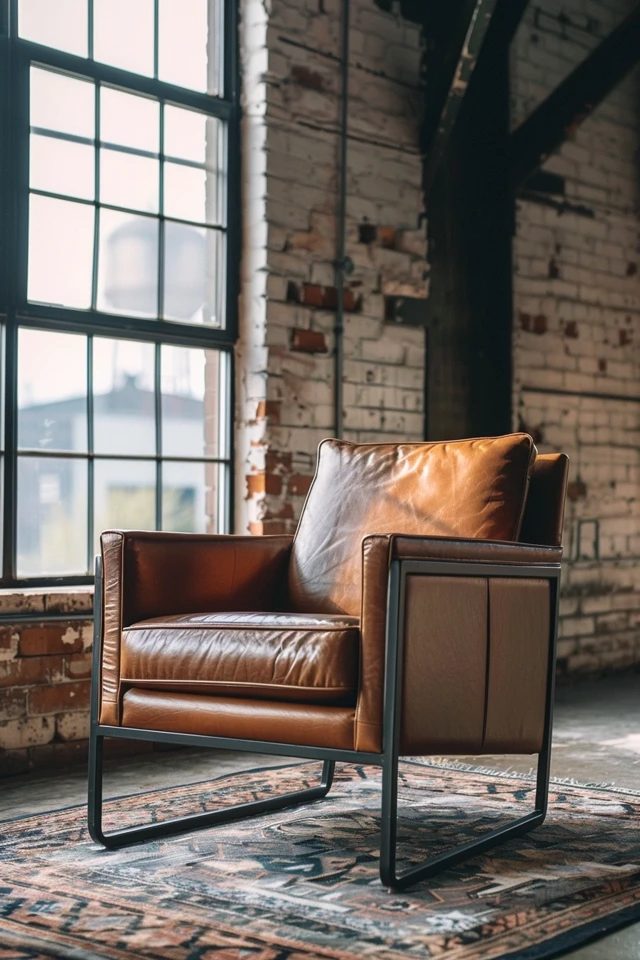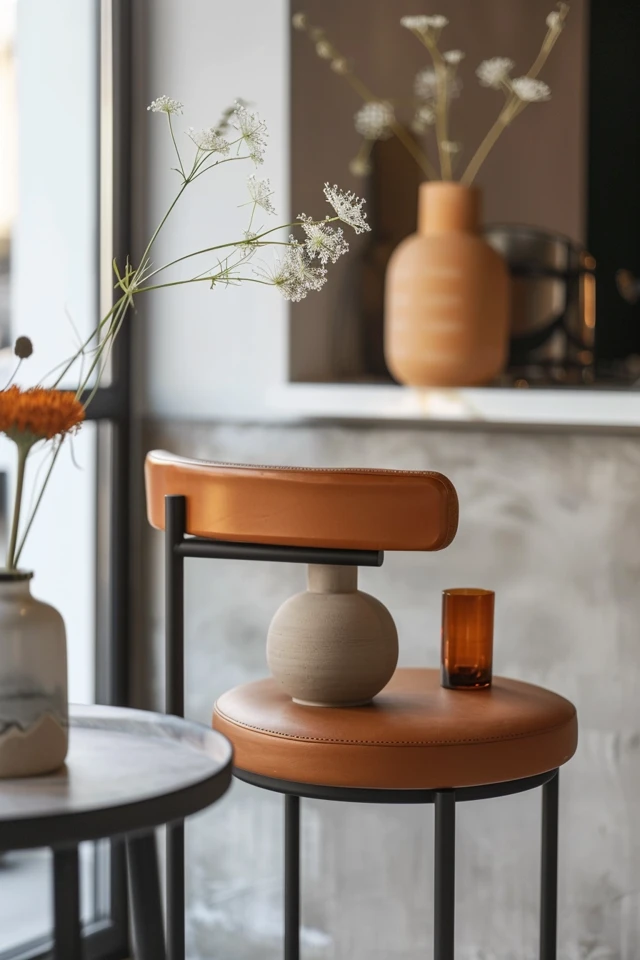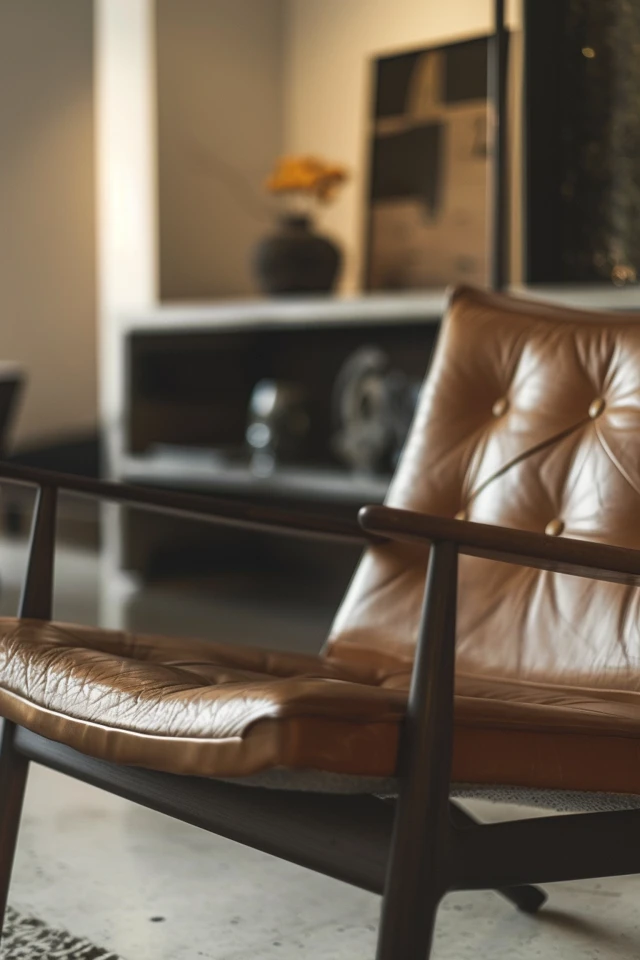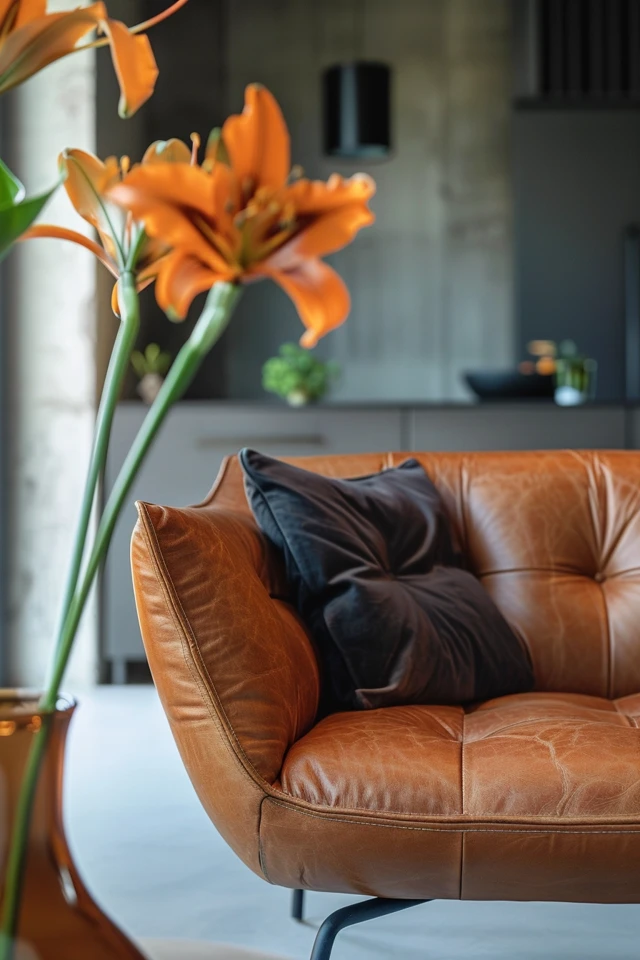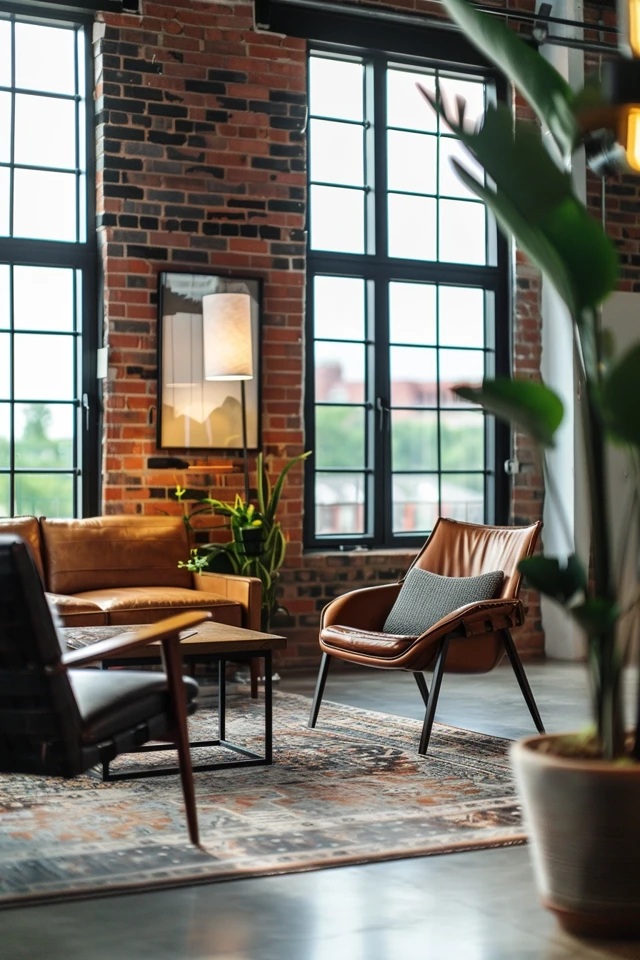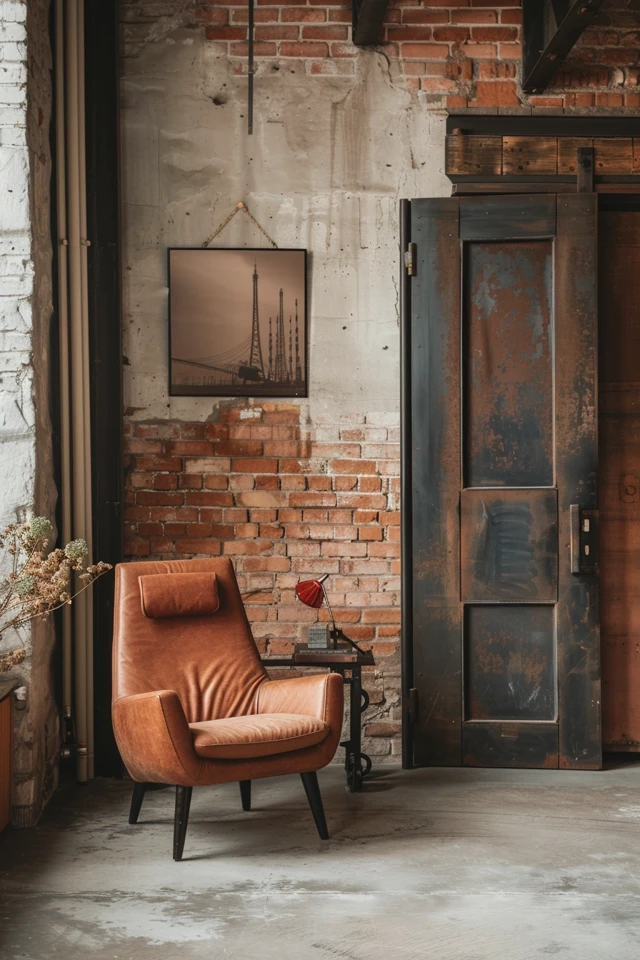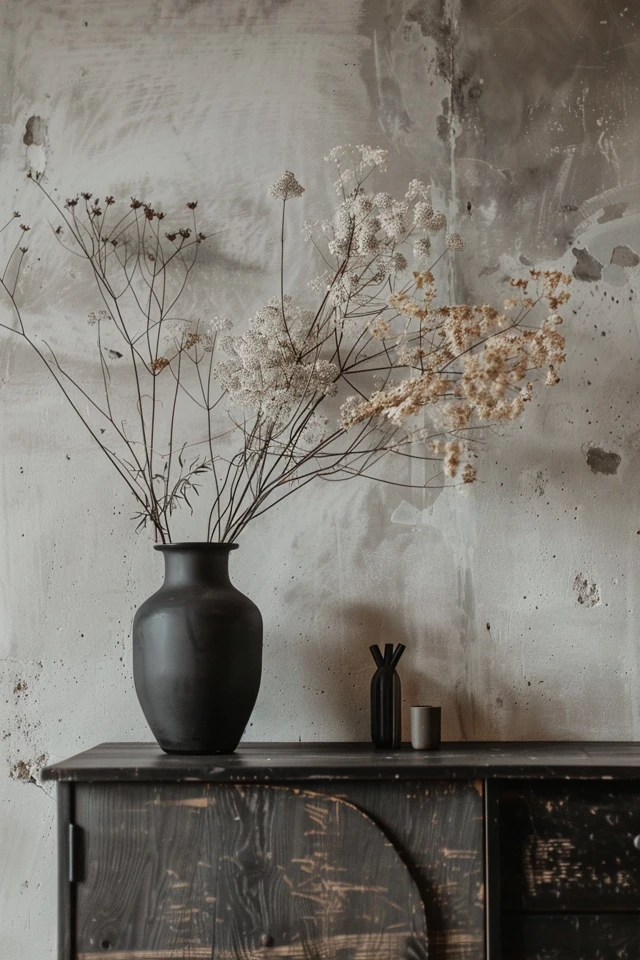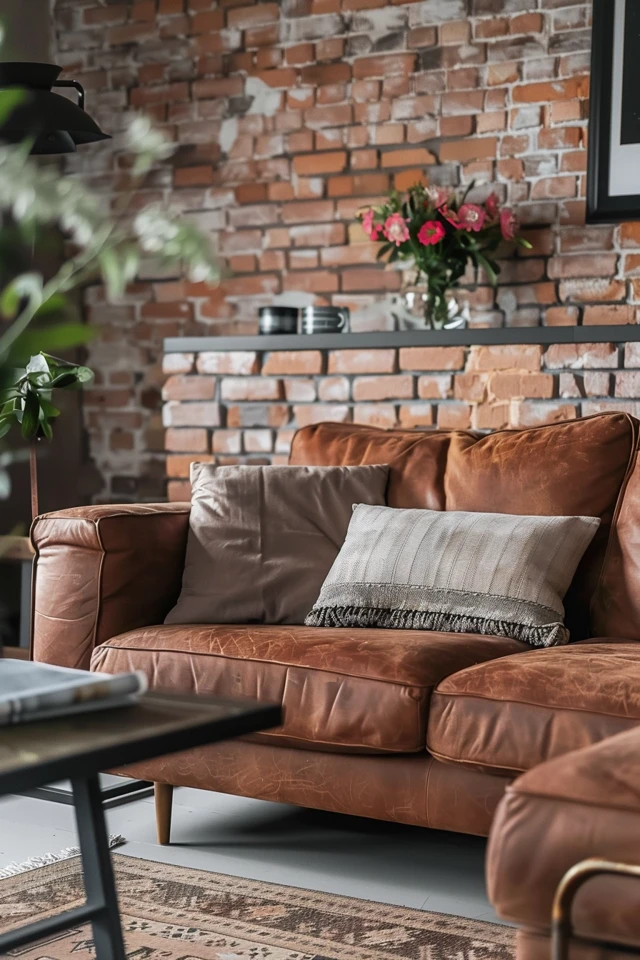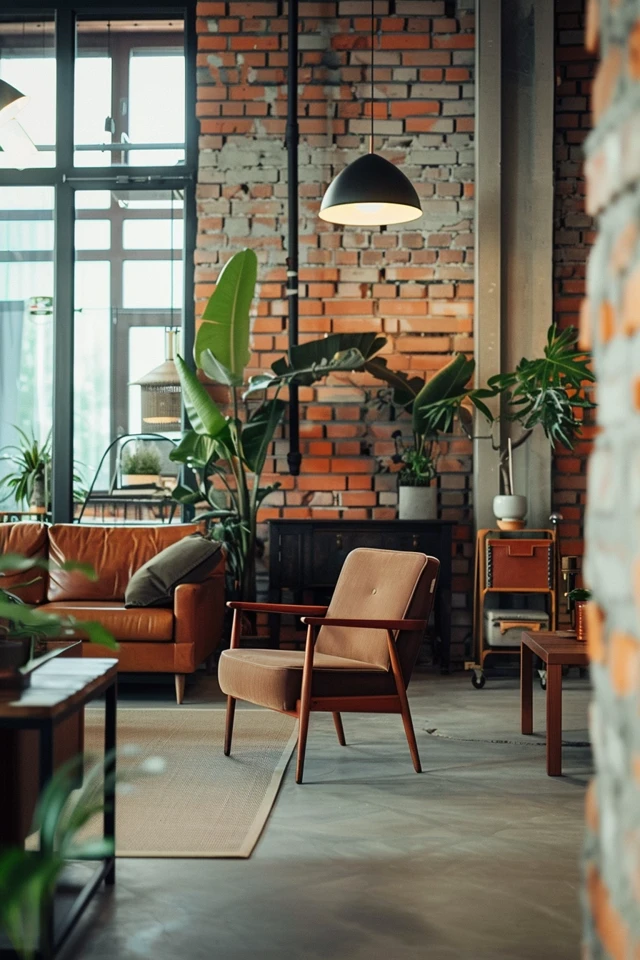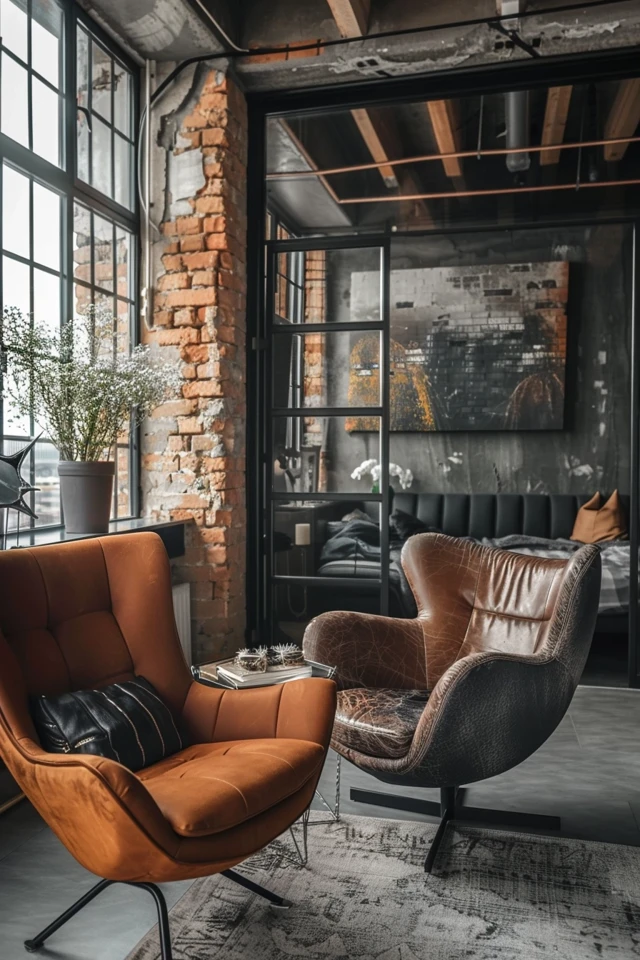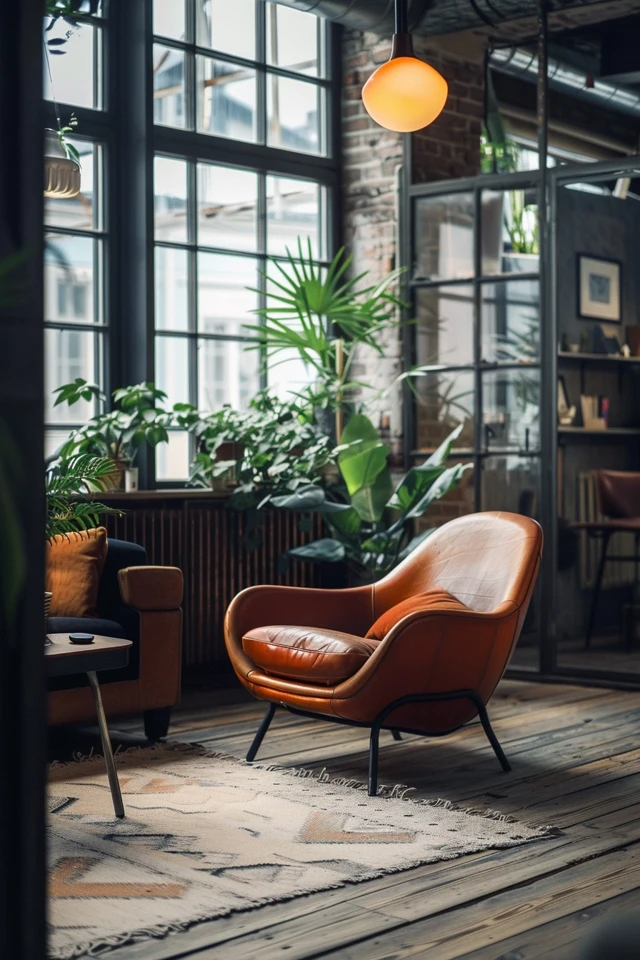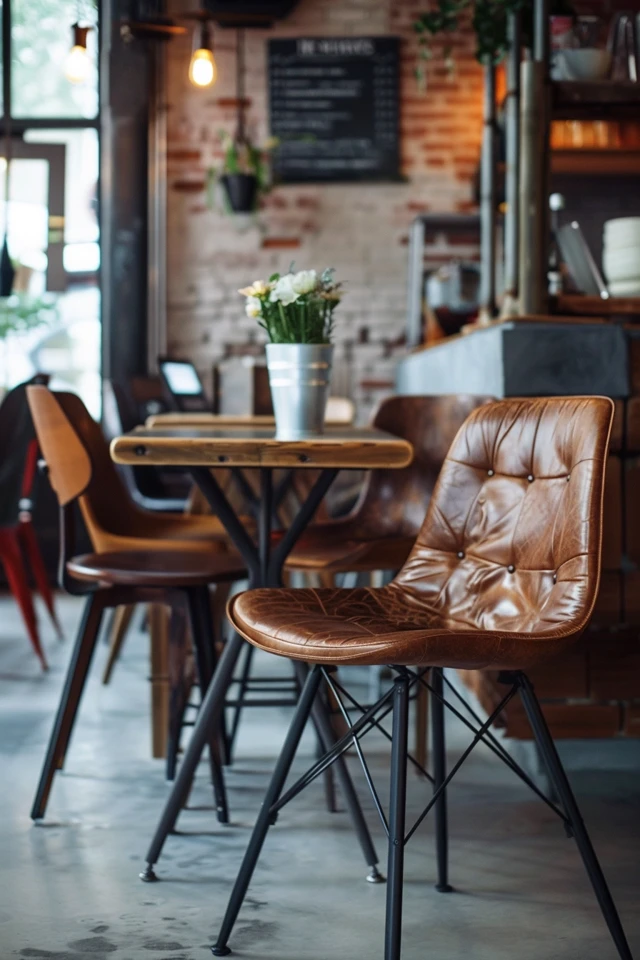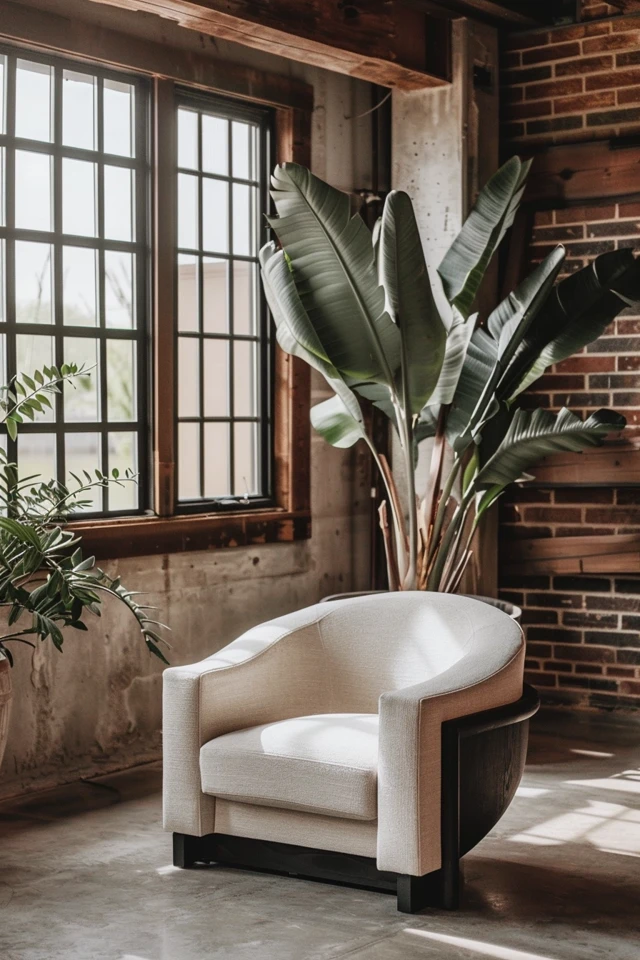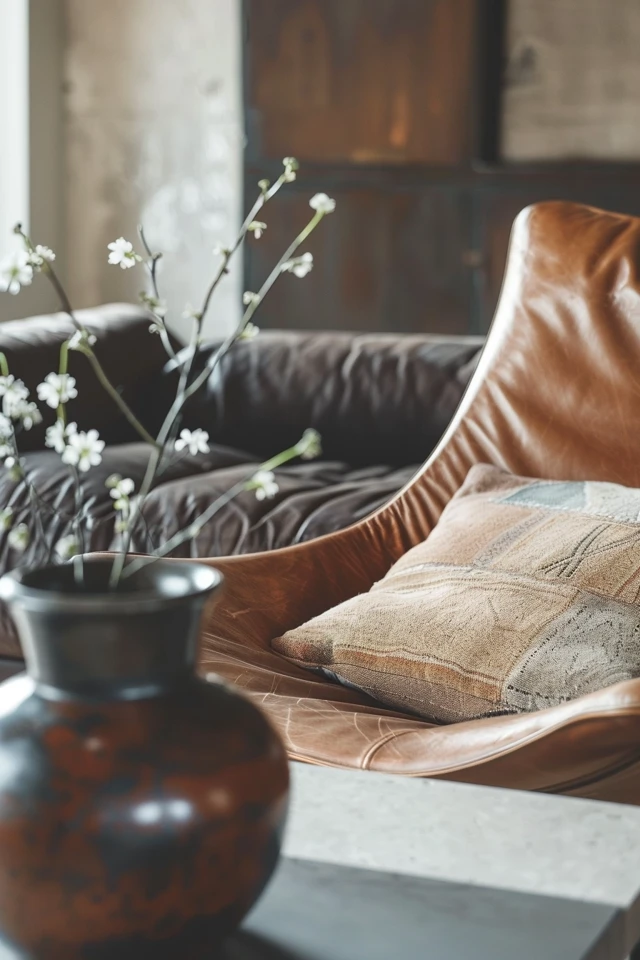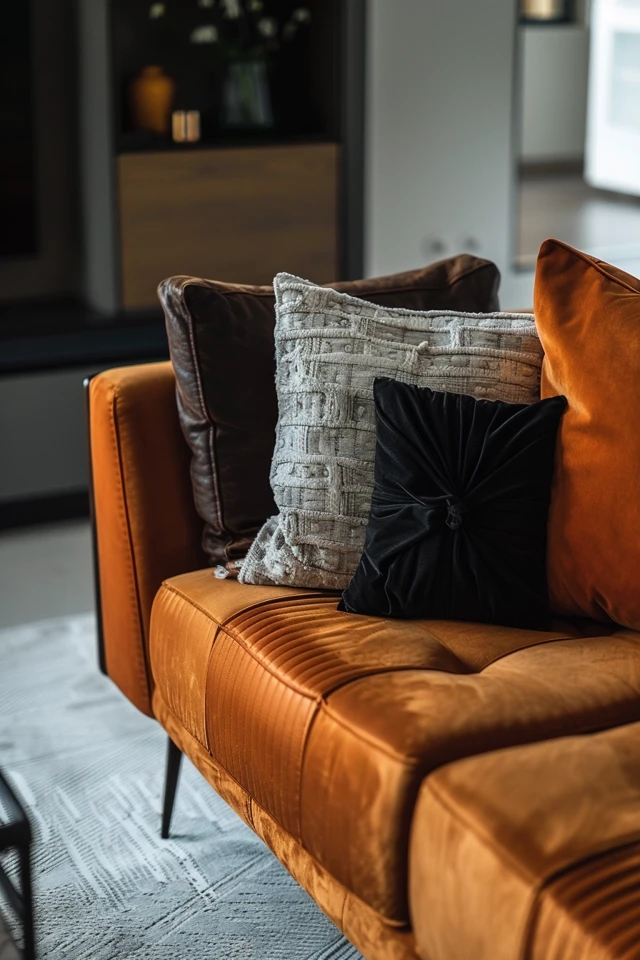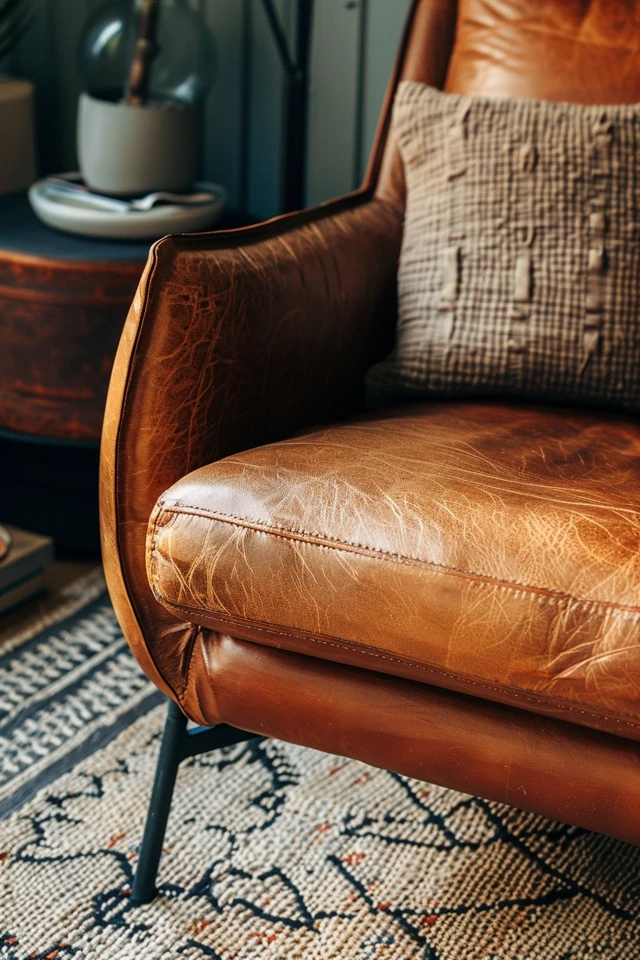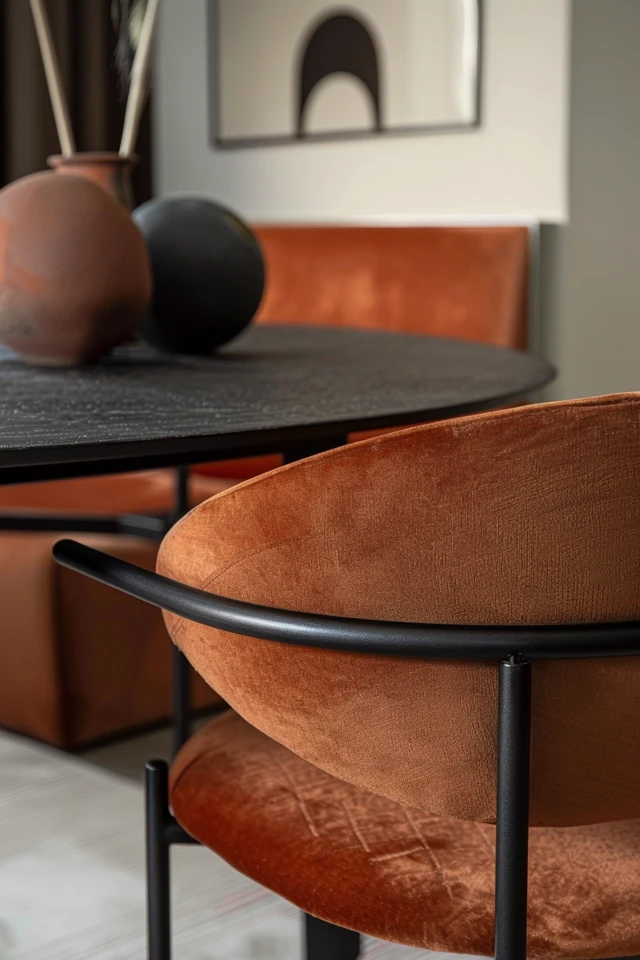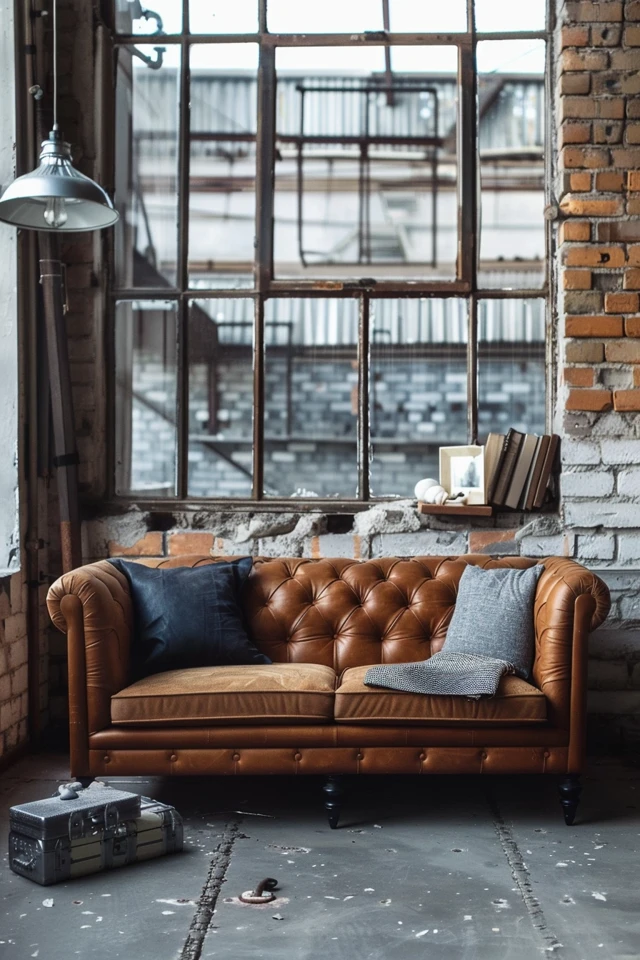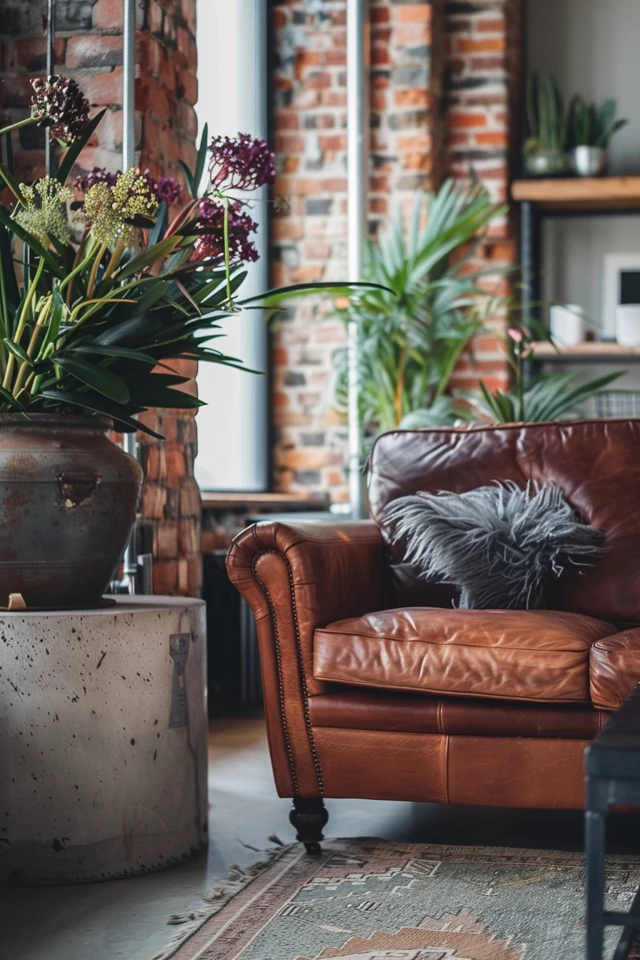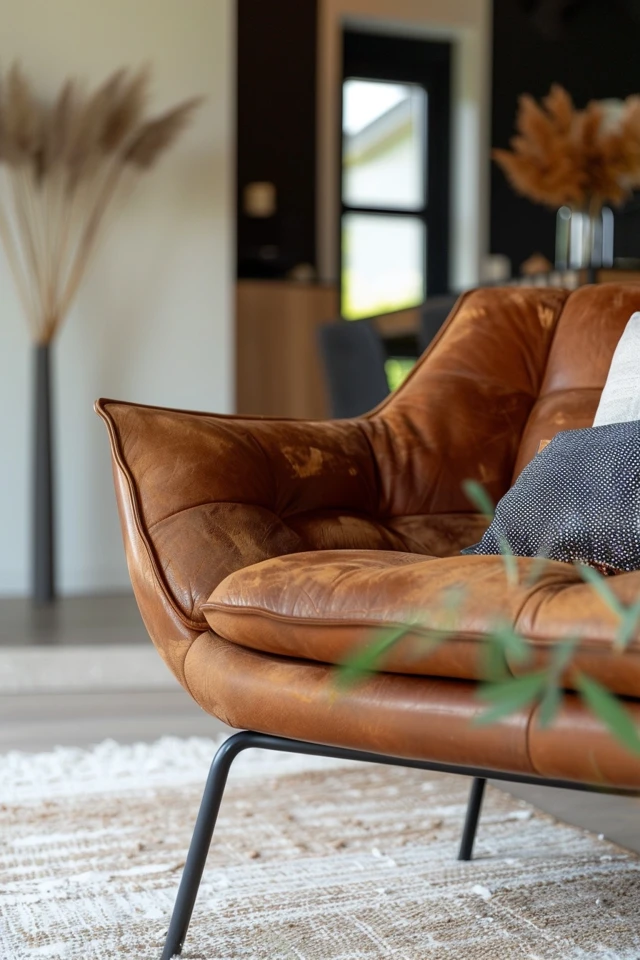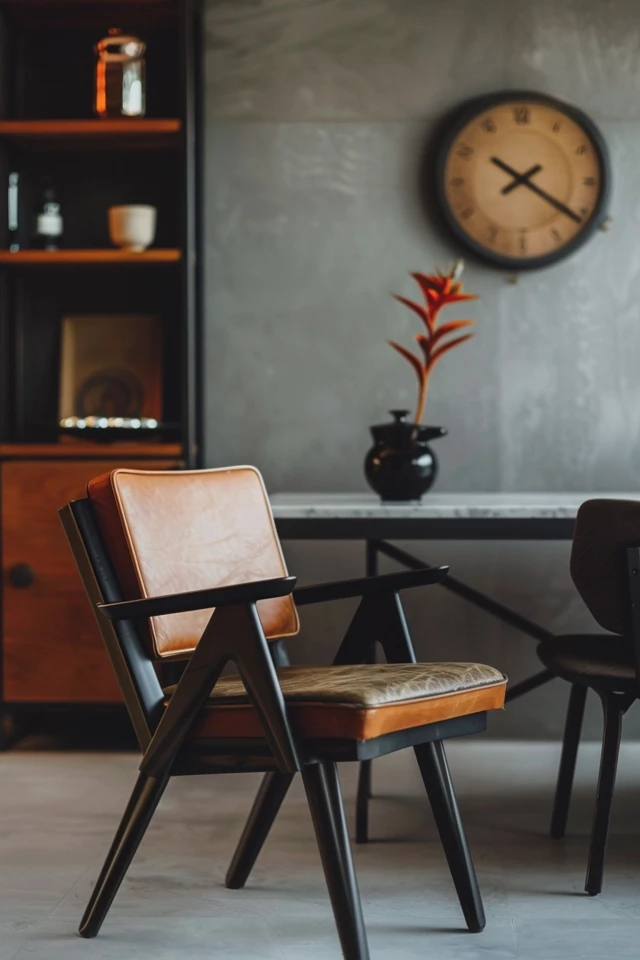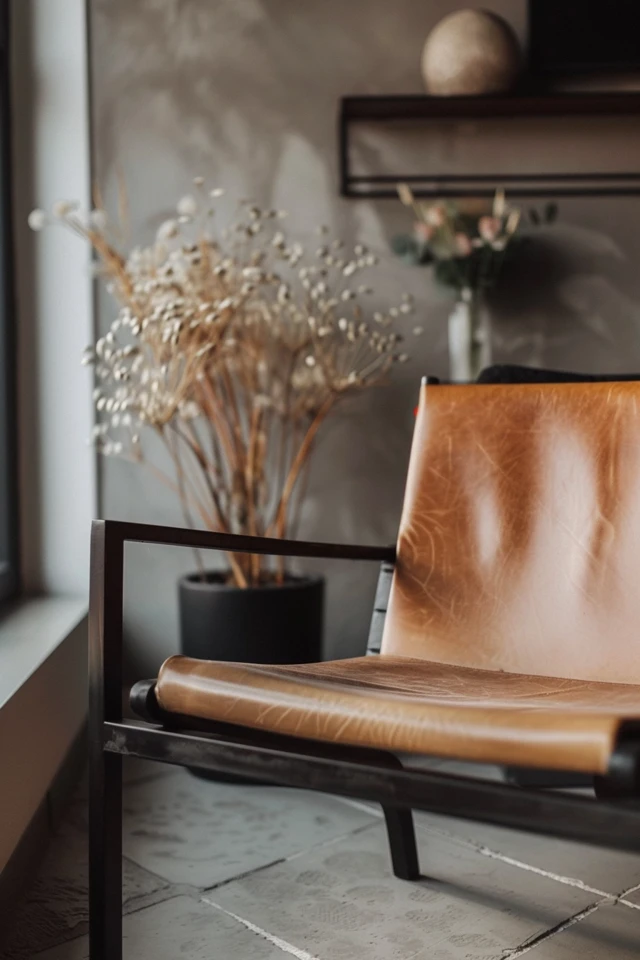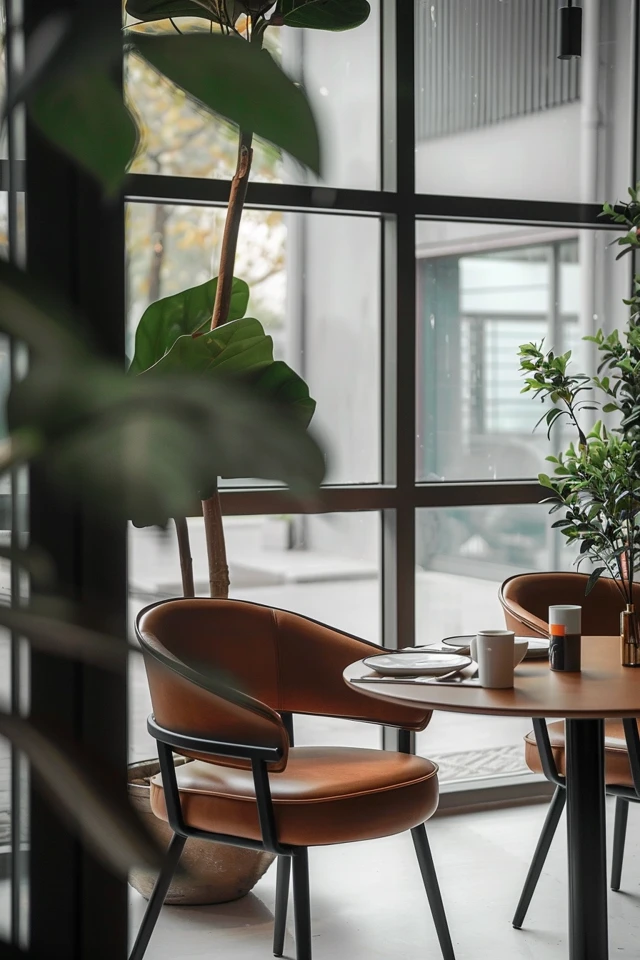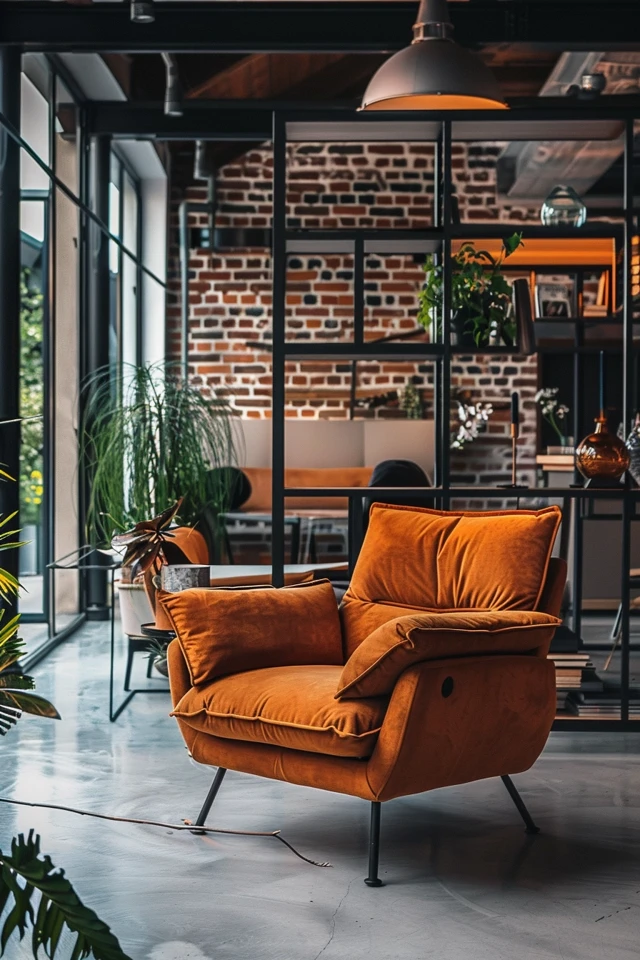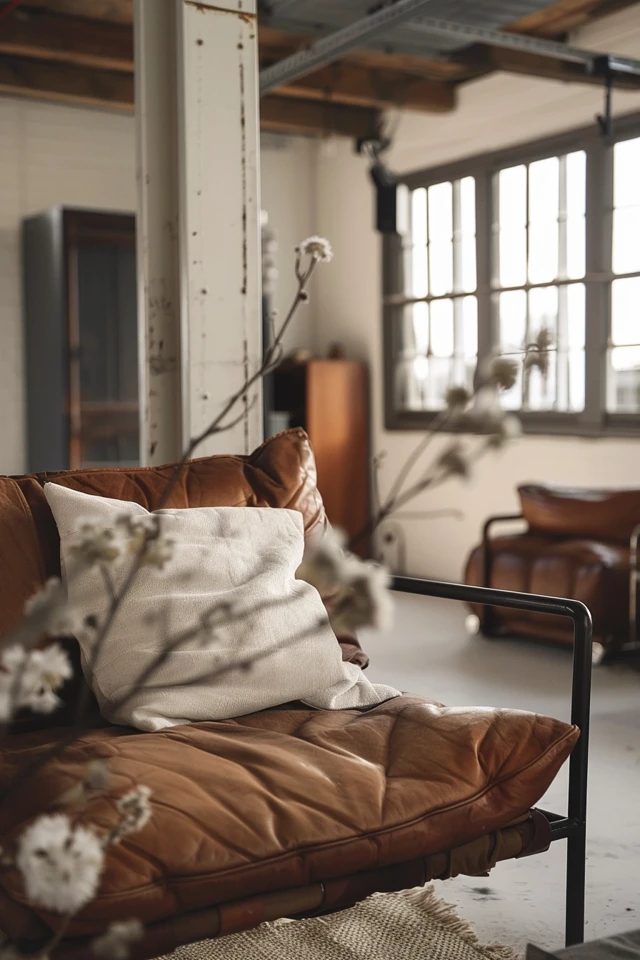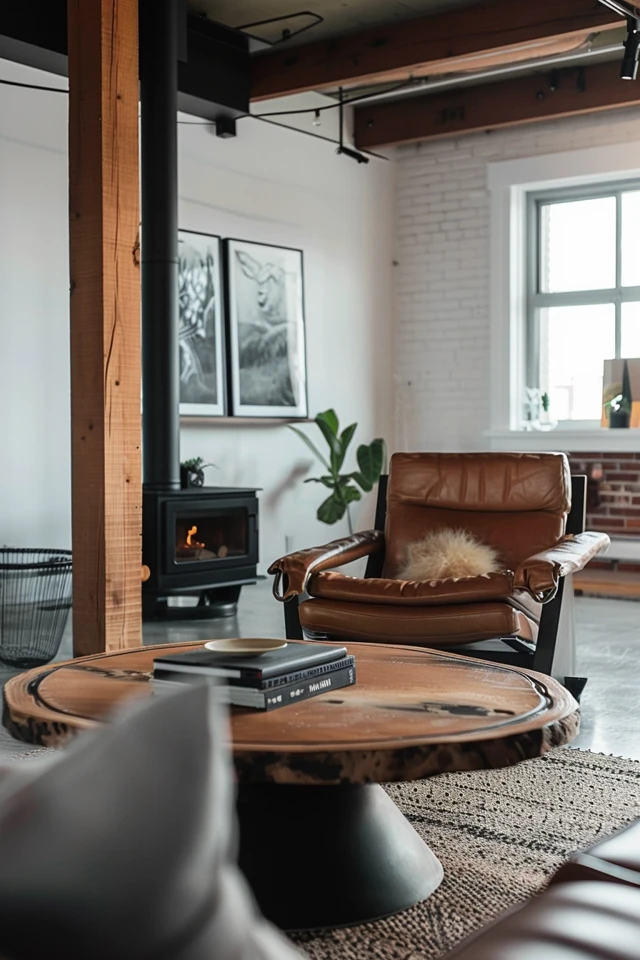Before Reading this Article, Hire Us As Your Designer or Take a Look at My Top 3 Amazon Picks!
If you are looking to blend Amazon's furniture finds with a personalized touch for your space, check out my portfolio, and hire us! You'll get 3 Idea boards, 2 Concept Boards, 2 Realistic Renderings, a Floor Plan, and a Shopping List! Everything's online, plus a 25% discount on your first online interior design project with my Havenly Promo code 4c7441bcfb. With over 2,000 designs since 2017 and top US brand partnerships, your project is in expert hands. US only. Ready to start?
Illustrated Cabinetmaking: How to Design and Const...
11% OffAmazing Furniture Makeovers: Easy DIY Projects to ...
Tables: With Plans and Complete Instructions for 1...
71% Off $29.95 (as of January 22, 2025 18:43 GMT -06:00 - More infoProduct prices and availability are accurate as of the date/time indicated and are subject to change. Any price and availability information displayed on [relevant Amazon Site(s), as applicable] at the time of purchase will apply to the purchase of this product.)Industrial style furniture is known for its unique blend of raw materials, functional design, and rugged aesthetics. As an architect and interior designer with expertise in evidence-based design, I appreciate the versatility and timeless appeal of industrial furniture. This article will guide you through the essential pieces to incorporate into your home for an authentic industrial look that is both stylish and practical.
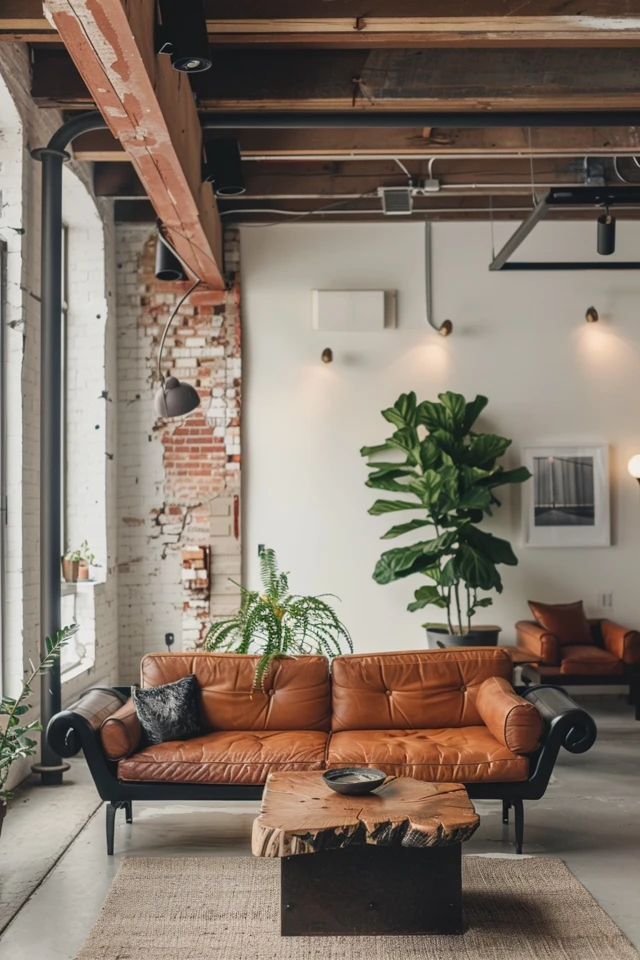
Key Takeaways:
- Invest in Metal and Wood: Opt for furniture that combines metal and wood for a balanced industrial aesthetic.
- Choose Multifunctional Pieces: Select furniture that serves multiple purposes to maximize space and functionality.
- Incorporate Vintage Elements: Add vintage or repurposed items to enhance the industrial vibe.
- Focus on Clean Lines: Favor furniture with simple, clean lines for a minimalist and cohesive look.
- Add Statement Pieces: Include bold, eye-catching furniture to serve as focal points in your space.
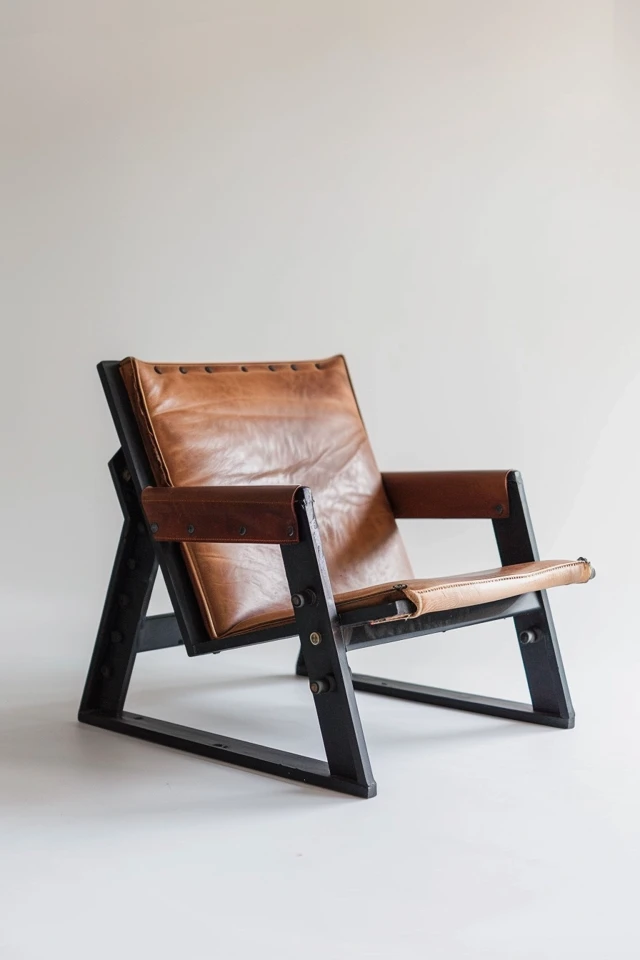
1. Invest in Metal and Wood
Industrial style is characterized by the use of raw materials, particularly metal and wood. Combining these materials in your furniture choices can create a balanced and cohesive look. For instance, a dining table with a reclaimed wood top and metal legs offers both durability and aesthetic appeal.
When selecting metal and wood furniture, consider the finishes and textures. Brushed or matte metal finishes work well with the rugged look of industrial design, while distressed or reclaimed wood adds warmth and character. Examples of must-have pieces include metal-framed bookshelves, wood and metal coffee tables, and industrial-style dining chairs.
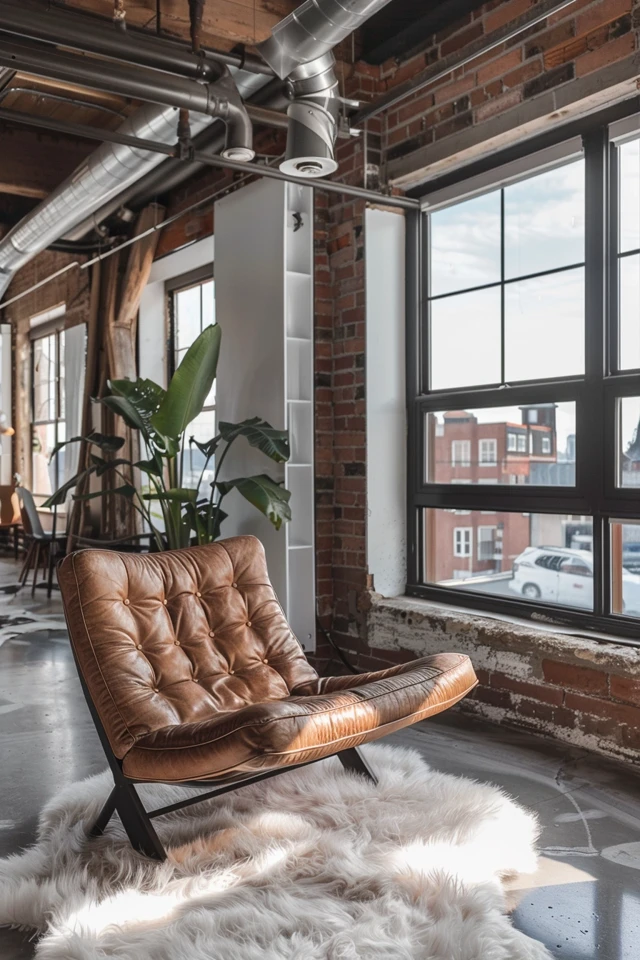
2. Choose Multifunctional Pieces
In an industrial-style home, functionality is key. Opt for furniture that serves multiple purposes to maximize space and efficiency. Multifunctional pieces are especially useful in smaller spaces, where every inch counts. Look for items like a storage ottoman that doubles as a coffee table or a sofa bed that provides extra sleeping space for guests.
Another great example is a workbench-style desk that can be used for both work and dining. These versatile pieces not only save space but also contribute to the industrial aesthetic with their utilitarian design. The goal is to create a functional and stylish environment that meets all your needs.
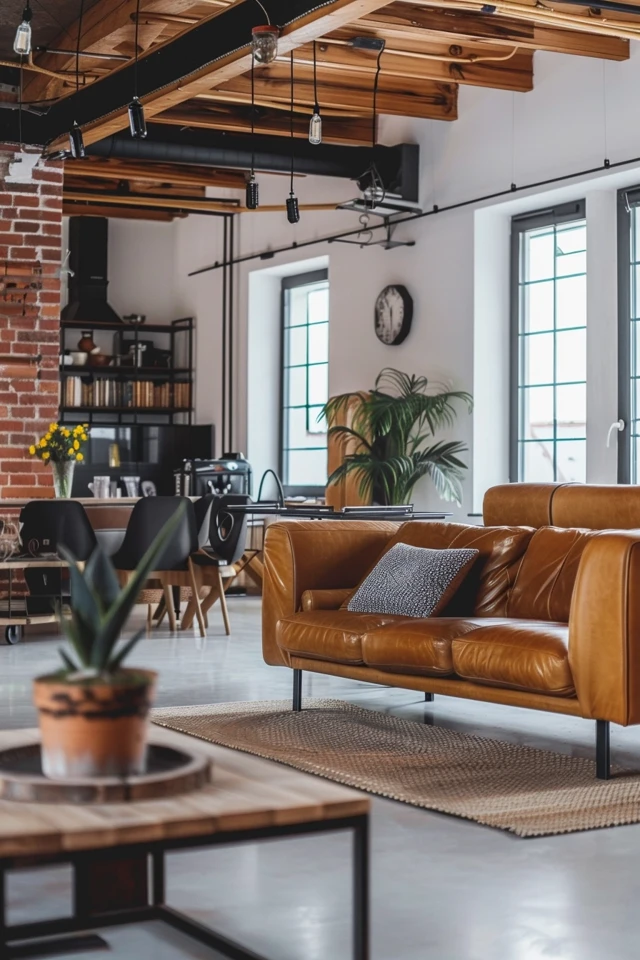
3. Incorporate Vintage Elements
Vintage and repurposed items are essential components of industrial design. These pieces add a sense of history and character to your space, making it feel unique and personalized. Look for vintage furniture at flea markets, antique shops, or online marketplaces.
Consider incorporating items like an old factory cart turned coffee table, a vintage locker used as a wardrobe, or repurposed wooden crates as storage units. These pieces not only enhance the industrial vibe but also promote sustainability by giving new life to old items. The key is to find pieces that blend seamlessly with your existing decor while adding a touch of industrial charm.
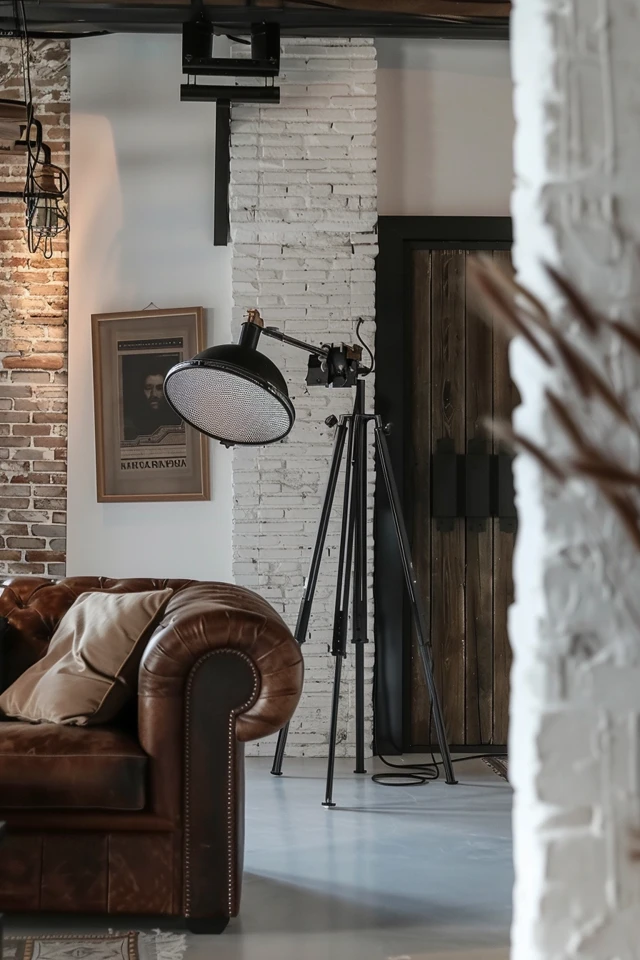
4. Focus on Clean Lines
Clean lines and simple designs are hallmarks of industrial style furniture. Avoid overly ornate or decorative pieces, and instead, opt for furniture with straightforward, minimalist designs. This approach creates a cohesive and uncluttered look that is both modern and timeless.
For example, a metal-framed bed with a simple headboard, a streamlined leather sofa, or a minimalist dining table can all contribute to the industrial aesthetic. These pieces emphasize functionality and durability while maintaining a sleek and stylish appearance. The focus on clean lines also allows the raw materials and craftsmanship to take center stage.
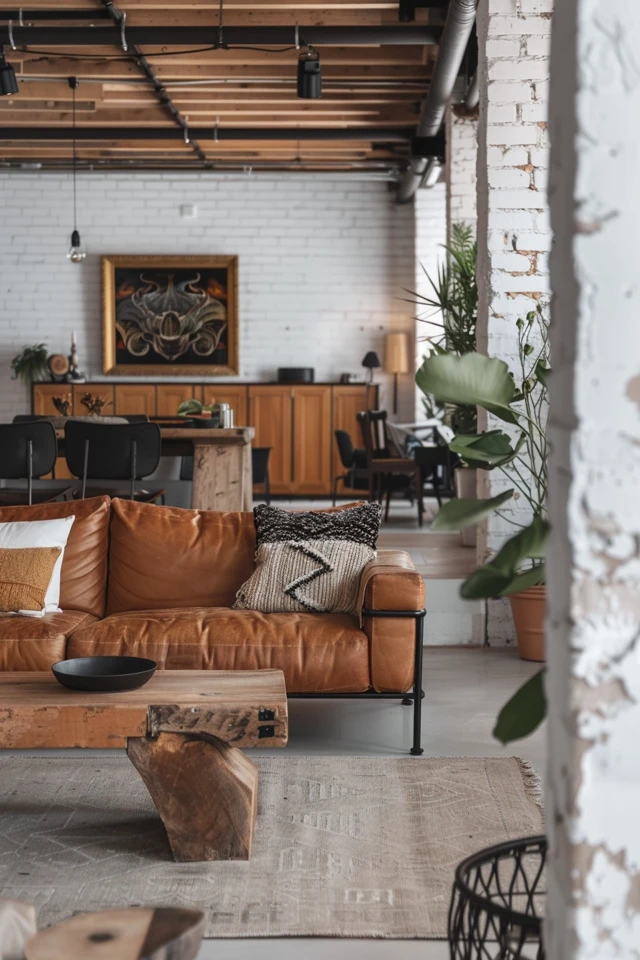
5. Add Statement Pieces
Statement pieces are bold, eye-catching furniture items that serve as focal points in your space. In an industrial-style home, these pieces often combine rugged materials with striking designs. Examples include an oversized leather armchair, a metal and wood bookshelf, or a large industrial-style clock.
When choosing statement pieces, consider the scale and proportion of your space. An oversized piece works well in a spacious room, while a smaller statement item may be more appropriate for a cozy corner. These pieces should complement your existing decor while adding a touch of drama and personality to your home.
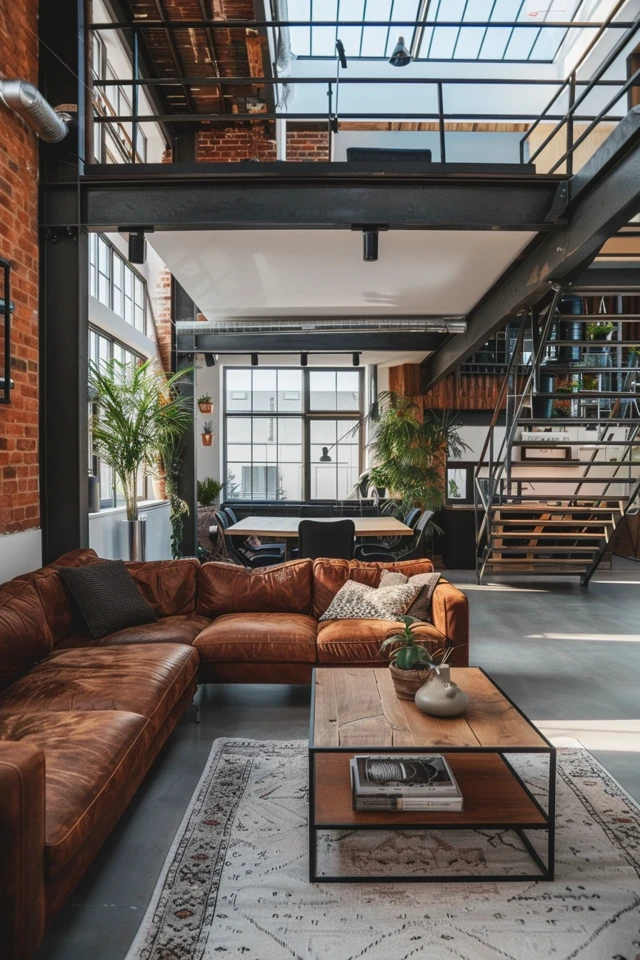
Conclusion
Industrial style furniture offers a unique blend of raw materials, functional design, and rugged aesthetics. By investing in metal and wood pieces, choosing multifunctional furniture, incorporating vintage elements, focusing on clean lines, and adding statement pieces, you can create a stylish and cohesive industrial look in your home. As an architect and interior designer, I encourage you to explore the endless possibilities of industrial design to reflect your personal style and enhance the functionality of your space.
Remember, the key to successful industrial decor is finding the right balance between form and function. Whether you’re furnishing a loft, a modern apartment, or a cozy home office, these tips will help you achieve a chic, industrial look that stands the test of time.
Inspirational Pictures
